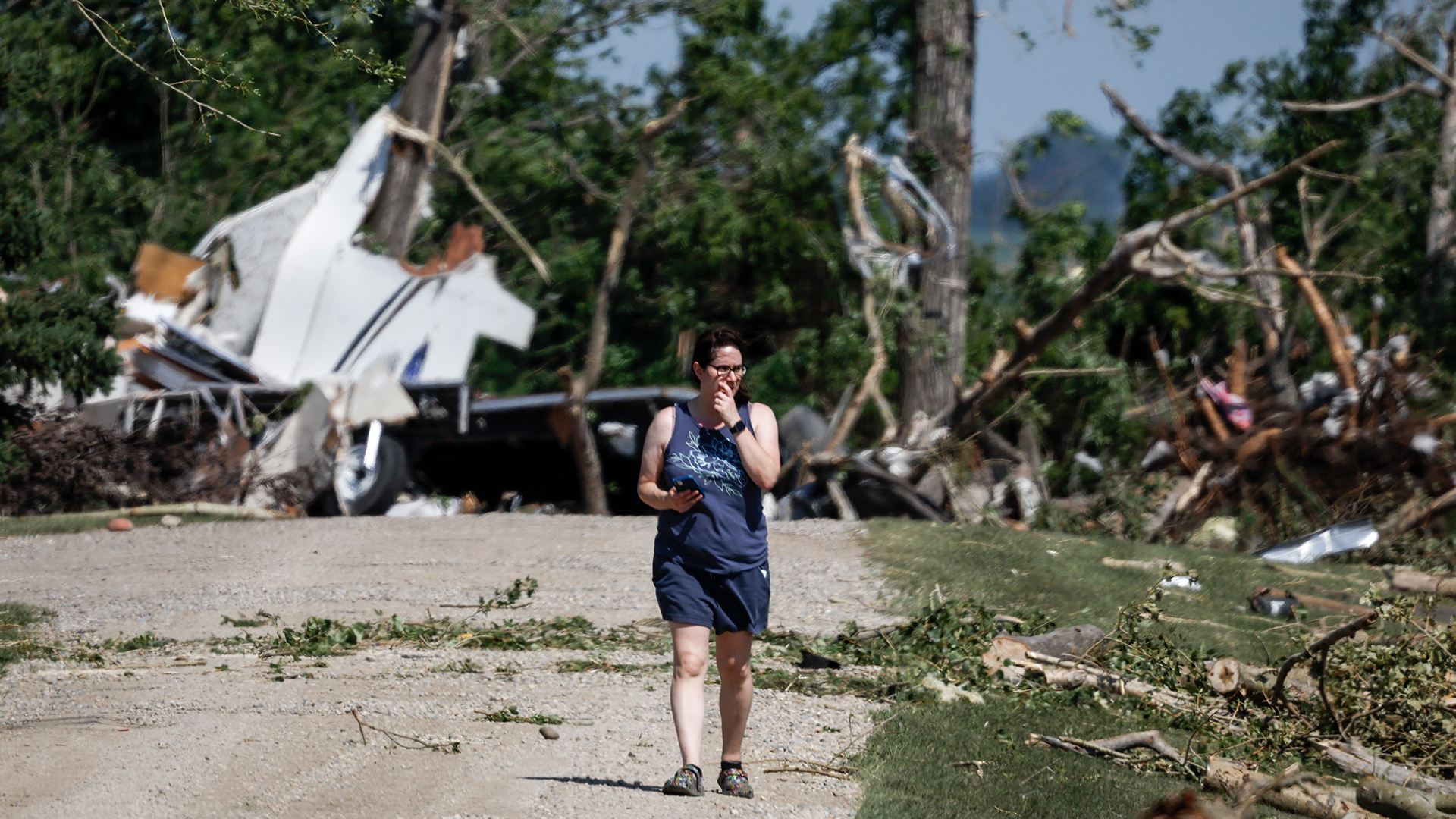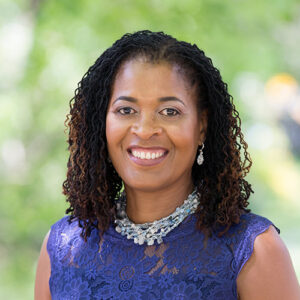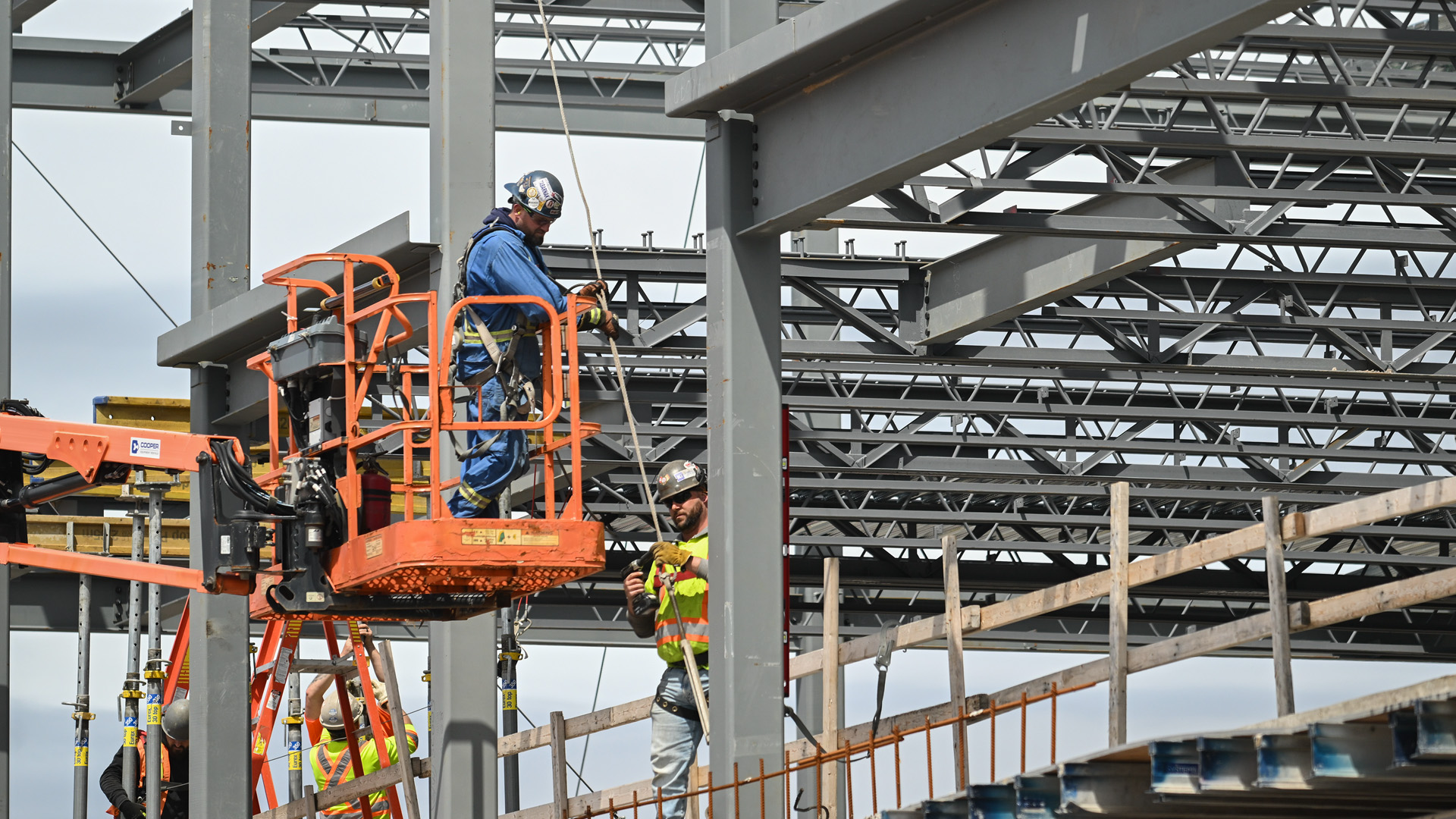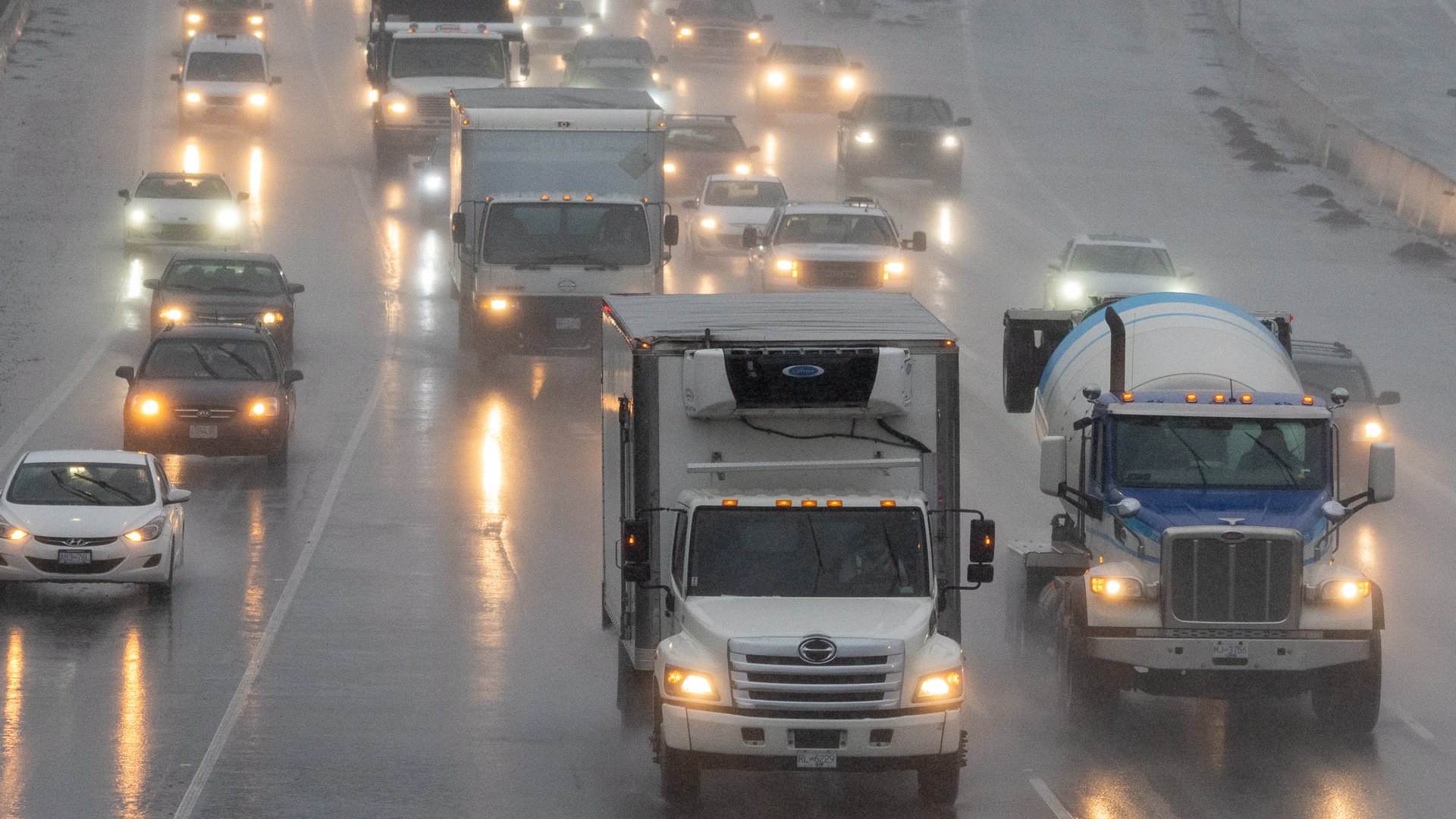
In the early days of the COVID-19 pandemic, when we had little idea about how our world would change, the mantra was that viruses do not discriminate. Take steps to protect yourself and others, stay the blazes home, wash your hands and wear your masks.
This concern over indiscriminate danger drove us to actions that helped control the virus’ spread. But evidence soon made it clear that there were differences in who was most affected by the pandemic.
Months in, how the pandemic changed lives depended on who you were and where you lived. Women and gender-diverse people — especially those dealing with multiple barriers and with lesser access to support and resources — bore the COVID-19 brunt in unique ways.
Along with higher death rates and rates of contact for Black women, women of colour and women living with lower incomes, other trends were also noted. Intimate partner abuse, family violence and other forms of pervasive abuse often faced by women and gender-diverse people rose.
This is not a new phenomenon. In emergencies like hurricanes, war and conflict and other crises, and in the aftermath, spikes in existing abuse and the triggering of new types of abuse are well documented. For example, it occurred following the 2016 Fort McMurray fires.
And the gendered impact of crises tends to reverberate for a long time. The pandemic may no longer be a worldwide emergency, but elevated rates of femicide continue. The killing of women and girls by male perpetrators increased by 27 per cent in 2022, compared to 2019.
Like the rest of the world, Canada was unprepared for the pandemic. Policymakers were also ill-prepared for its gender-specific impacts because emergency preparedness lacks a Gender-Based Analysis Plus.
Recent research quantifies the intersectional gender gap in federal, provincial and territorial emergency and pandemic plans. Of 28 plans reviewed, just two refer to “gender” and five mention “women.” Only two refer to domestic violence. All but three refer to social vulnerability.
But the plans don’t get into many specifics, nor do they explain how acknowledgment and understanding of social vulnerabilities affect planning.
As local governments are tasked with disaster response in their jurisdictions, a review of 24 local planning documents like hazard risk and vulnerability analysis (HRVA) reports was also undertaken. All of those reports identified social vulnerability as a factor.
But only four reference stakeholder consultation in their development, meaning most plans are missing important information on how vulnerability plays out and what actions could help.
Only one plan notes engagement with groups working with highly vulnerable populations such as migrant and sex workers and homeless and underhoused people.
All this suggests a lack of vision. Typically, the person in the midst of a crisis is framed as a white, cisgender, able-bodied man, without dependents. The plans are created to protect that model.
Those who don’t fit this artificial mold, like women and equity-seeking people and their children and dependents, are less likely to be protected in all their diversity. The plans certainly don’t have the bench strength to be proactive ahead of crises for their benefit.
Missing gendered crisis planning is partly a result of missing expertise: these sectors have been historically male dominated. That feeds a stifled vision. As a matter of course, crisis planners don’t address prevent what women and other marginalized people go through in moments of mass suffering because they don’t envision them as populations with unique experiences.
And decision-makers don’t regularly listen to the emergency preparedness leaders who speak to gendered issues, nor do they make it a practice to consult with women and gender-diverse people as valued stakeholders ahead of crises.
All of this translates to weak public policy and investments. Even the rare moments when women are considered in crisis management policy, they are rarely conceptualized as anything more than a monolithic population. What about those living with disabilities or dealing with pregnancy, or primary caregivers for children and elders? They have their specific barriers and needs that shouldn’t be lumped into the big group or simply dismissed.
It’s not only that women and gender-diverse people are ignored. It’s also that the complexities of human experience are flattened out. In crises where we all feel the pain, where our sense of shared humanity should sharpen, this is unconscionable.
There are ways to do better. First, more diversity amongst disaster preparedness policymakers and planners is needed. Finding ways to listen to community voices to get their unique experiences and expertise into plans is also important.
Under hazy skies, opportunities for ground-up climate disaster policy changes
For example, all around the world, Indigenous women lead the way in climate justice and action. They are most attuned to and vocal about the many ways melting permafrost and rising temperatures affect land, people, animals, housing, culture, and work, every aspect of living and relating. Their leadership in crisis management is invaluable.
Second, everyone who plays a role in disaster preparedness — whether in governance, human services, healthcare, education, or legal systems – should provide a gendered analysis. Advocates and researchers have been pointing to this issue for some time, and the literature is there to be acted upon.
Finally, Canada prioritizes the consideration of gender in its Feminist International Assistance Policy. We need the same commitments at the local level as well. All levels of government can utilize the internationally facing gender-based requirements as guidelines for their own local and regional emergency and disaster preparedness planning. They can incorporate gender-based evaluation metrics to track if plans are working well for women and gender-diverse populations in real crisis situations while aiming for continual improvement.
It’s a long game of getting better in dealing with emergencies, and it can absolutely save lives.
Different people experience natural disasters like a pandemic or a forest fire in different ways. These nuances must be incorporated into emergency and disaster preparedness to ensure that everyone’s safety is safeguarded.









